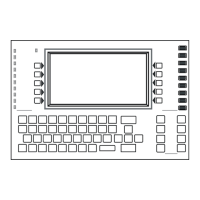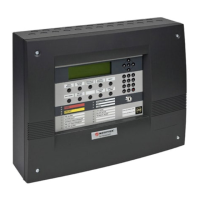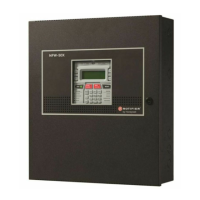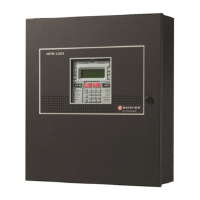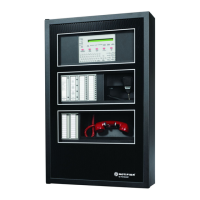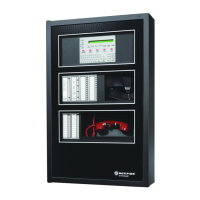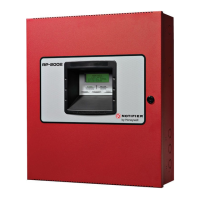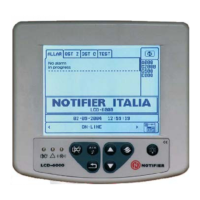58 N16 Instruction Manual P/N LS10239-000NF-E:A 04/20/2021
Operations Functionality
4.2 Functionality
The following are approved functions for the N16.
• Drift Compensation
• Connected Capabilities (CLSS gateway required for Connected Capabilities)
– CLSS gateway
– Remote access for diagnostics
– Remote communication session- requires FACP to be in service mode. Technician required on site
• Service Mode
– Remote programming. Technician required on-site
• Multiple Detector Operation
– Units employing multiple detector operation shall include a minimum of two detectors in each protected space and reduce the
detector installation spacing to 0.7 times the linear spacing in accordance with National Fire Alarm Code, NFPA
•Alarm Delay
• Pre-signal
• Alarm verification
• Two-wire compatibility
– One alarm per initiating device circuit
• Polling Style limitations
– Polling Style is FlashScan or CLIP (Classic Loop Protocol)
– All detectors and modules on an SLC may be programmed as FlashScan. All detectors and modules must be FlashScan type devices.
Maximum number of devices per SLC: 159 detectors, 159 modules.
– All detectors and modules on an SLC may be programmed as CLIP. Detectors and modules may be a mix of CLIP and FlashScan
type devices, but all must be programmed as CLIP. Maximum number of devices per SLC: 99 detectors, 99 modules.
– All detectors may be programmed as CLIP, all modules as FlashScan, on an SLC. Detectors may be a mix of CLIP and FlashScan
type devices, modules must all be FlashScan type devices. Maximum number of devices per SLC: 99 CLIP detectors, 159 FlashScan
modules.
• NAC Resound
• Primary power source failure indication
• CGW-MB Communication Format
–TCP/IP
• Interconnected control panels
– Alarm, supervisory, and trouble conditions, as well as reset, alarm silence, or trouble silence actuation originating at this panel are
annunciated at this panel.
• Integrated/network local functionality
• Circuit disables
• Network Mapping
• Detection/alarm algorithms
• Day/night sensitivity
• Detection sensitivity adjustment
• Extent/limitations of combination system
– Priority of signals

